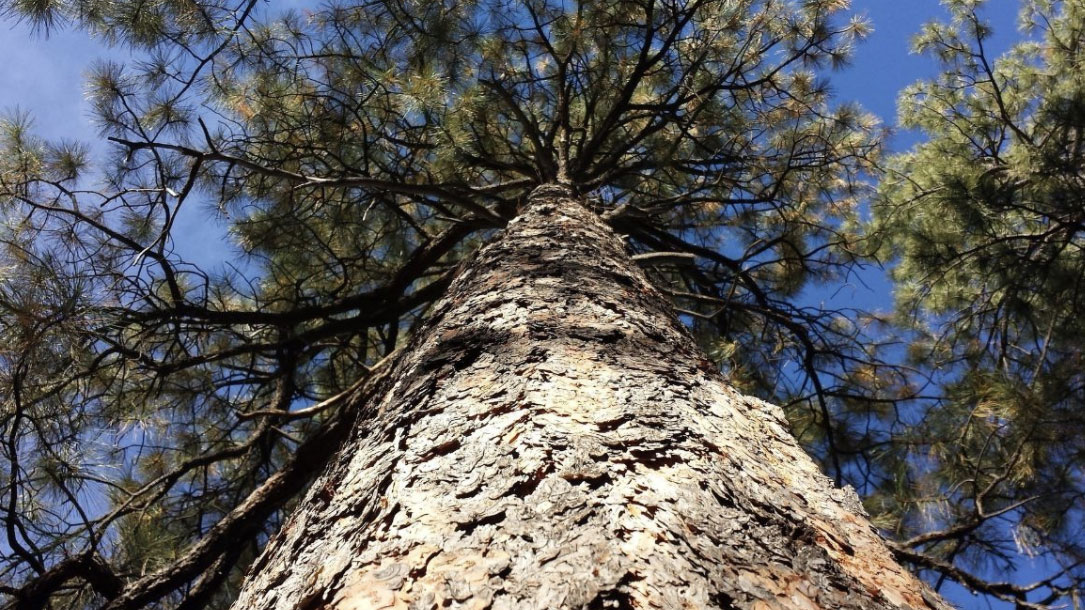
Wildfires and climate change push low-elevation forests across a critical climate threshold for tree regeneration
“At dry sites across our study region, seasonal to annual climate conditions over the past 20 years have crossed these thresholds, such that conditions have become increasingly unsuitable for regeneration. High fire severity and low seed availability further reduced the probability of postfire regeneration.
Together, our results demonstrate that climate change combined with high severity fire is leading to increasingly fewer opportunities for seedlings to establish after wildfires and may lead to ecosystem transitions in low-elevation ponderosa pine and Douglas-fir forests across the western United States…”
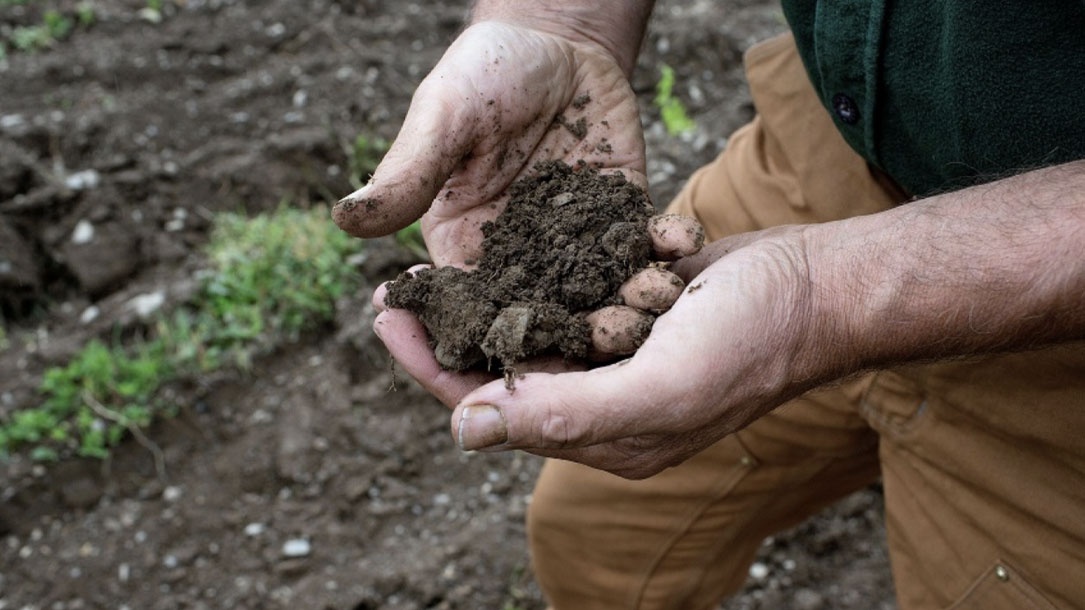
Natural climate solutions could cancel out a fifth of U.S. emissions, study finds
Conserving and restoring American forest, farm and natural lands could cut a substantial chunk of the country’s emissions, helping meet greenhouse gas reduction goals without relying on undeveloped technologies, a new report finds.
A team of 38 researchers spent more than two years looking at “natural climate solutions”—a range of strategies that includes planting trees in cities, preventing the conversion of natural grassland to farmland and shifting to fertilizers that produce less greenhouse gas emissions…

As storms and sea level rise reshape beaches, volunteers keep track of changing coasts
The Hampton Beach profilers and their fellow Coastal Research Volunteers are a community group facilitated by New Hampshire Sea Grant. The National Sea Grant College Program (Sea Grant) is a NOAA-funded network of 34 programs in each of the U.S. coastal and Great Lakes states. Sea Grant supports research, education, and outreach to help balance the conservation of coastal and marine resources with a sustainable economy and environment.
In addition to New Hampshire, Sea Grant also engages community volunteers in monitoring beaches in California and Maine. All rely on dedicated “citizen scientists” to collect critical data on the erosion and health of their state’s sandy beaches. Beach profiling volunteers measure changes in beach slope with a pair of two-meter poles, a short connecting rope, and the horizon line…
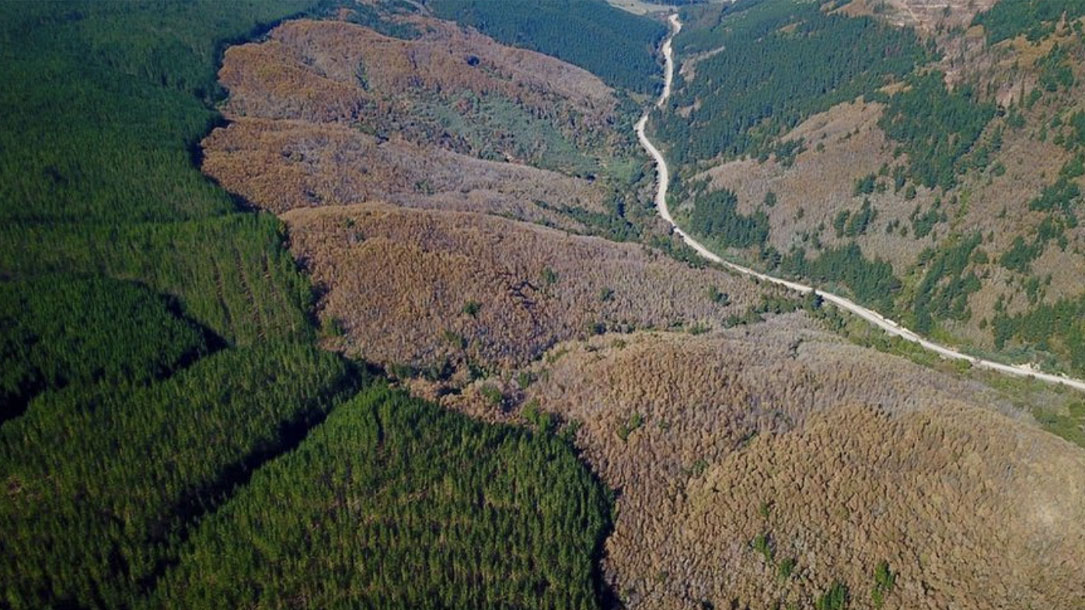
Climate change: Planting new forests “can do more harm than good”
Rather than benefiting the environment, large-scale tree planting may do the opposite, two new studies have found.
One paper says that financial incentives to plant trees can backfire and reduce biodiversity with little impact on carbon emissions. A separate project found that the amount of carbon that new forests can absorb may be overestimated.
The key message from both papers is that planting trees is not a simple climate solution…

Forest carbon: An essential natural solution for climate change
Climate change can seem like an overwhelming challenge, and it can be difficult to find meaningful ways to make a difference…
Many landowners have begun to ask how their forest management strategy affects the carbon within their forest and thus the forest’s ability to mitigate climate change. Every strategy has its tradeoffs; therefore, to meet all of society’s needs, we will ultimately need a mix of passive and active strategies across the region. What role will your forest play?
To learn more, download the “Forest Carbon: An essential natural solution to climate change” PDF (5 MB) or request a free copy by e-mailing Paul Catanzaro…

Wind energy & wildlife: Site it right
Site Wind Right is The Nature Conservancy’s approach to promoting smart, renewable wind energy in the right places—areas that are low impact for conservation, including already developed lands. The strategy has several components:
- Promoting policies and incentives for low-impact renewable energy deployment
- Advancing the science of low-impact siting
- Providing the wind industry and public with information to support low-impact siting
- Pursuing opportunities to work with the renewable energy sector to advance good siting practices

In rare bipartisan bill, U.S. senators tackle climate change via agriculture
U.S. senators on Thursday introduced a bipartisan bill that would direct the Agriculture Department to help farmers, ranchers, and landowners use carbon dioxide-absorbing practices to generate carbon credits, a rare collaboration on climate change.
The proposed Growing Climate Solutions Act directs the USDA to create a program that would help the agriculture sector gain access to revenue from greenhouse gas offset credit markets…

Swift action on climate change could help protect national parks
“The rapid warming can destroy important habitat for plants and animals, but reducing carbon pollution can help. Gonzalez’s research shows that swift action could reduce the expected heat increase in national parks by up to two-thirds.
‘The U.S. national parks protect some of the most irreplaceable natural areas and cultural sites in the world,’ he says. ‘Cutting carbon pollution would reduce human-caused climate change and help save our national parks for future generations.'”
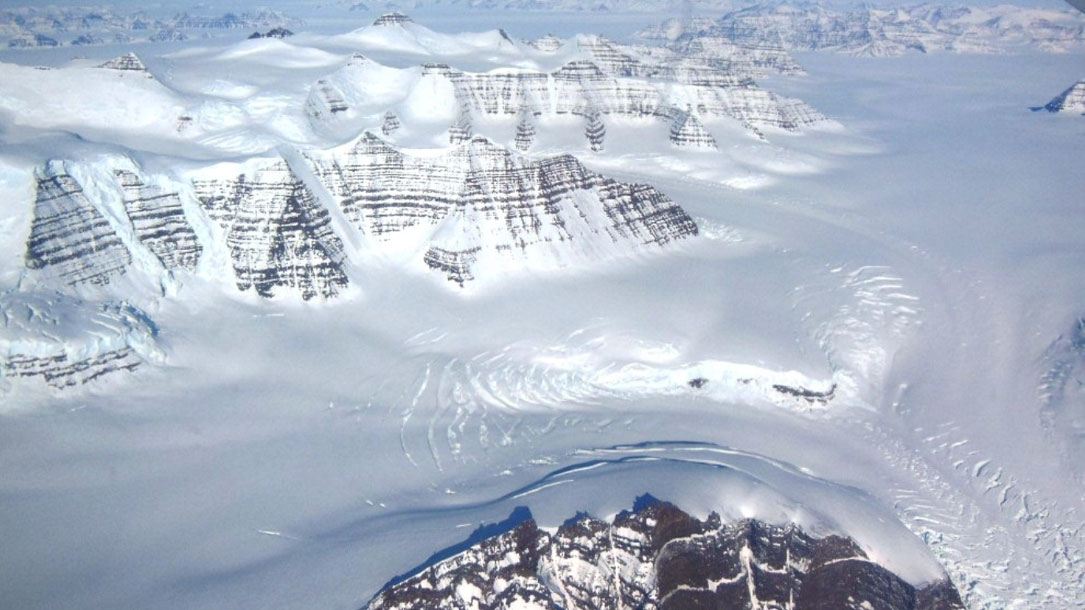
Fire and ice: Why volcanic activity is not melting the polar ice sheets
There are many places on Earth where fire meets ice. Volcanoes located in high-latitude regions are frequently snow- and ice-covered. In recent years, some have speculated that volcanic activity could be playing a role in the present-day loss of ice mass from Earth’s polar ice sheets in Greenland and Antarctica. But does the science support that idea?
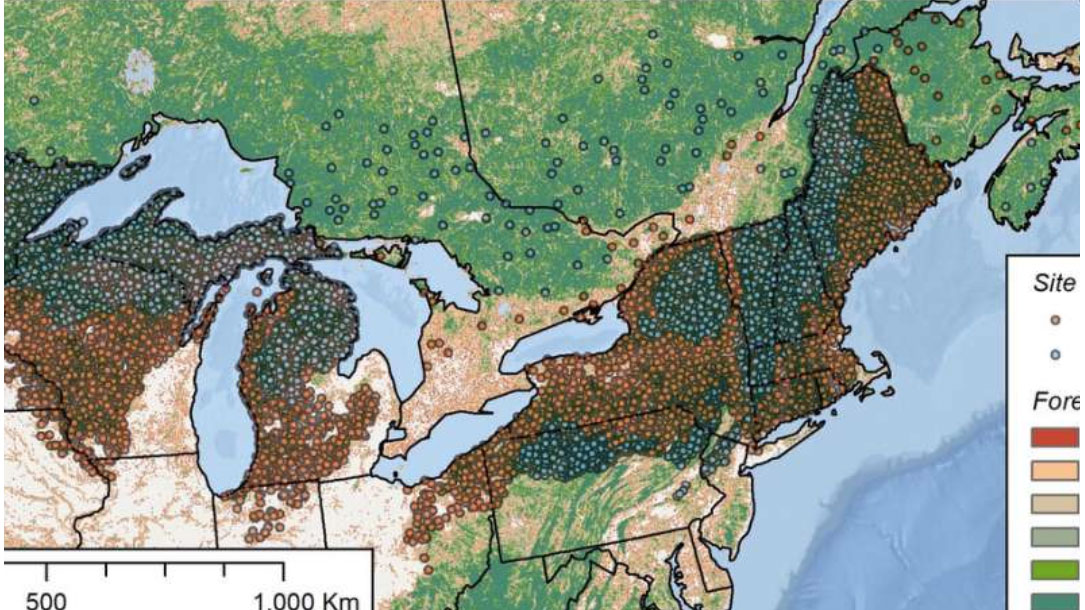
Older forests resist change—climate change, that is
Older forests in eastern North America are less vulnerable to climate change than younger forests—particularly for carbon storage, timber production, and biodiversity—[new] University of Vermont research finds…
“This study shows that older forests in the Upper Midwest to New England are uniquely resilient to climate,” says Dominik Thom, lead author and postdoctoral researcher in UVM’s Rubenstein School of Environment and Natural Resources and Gund Institute for Environment. “Our finding that essential services are better protected against climate change by older forests is a milestone in the debate on how to prepare our forests for the uncertain environmental conditions ahead.”












